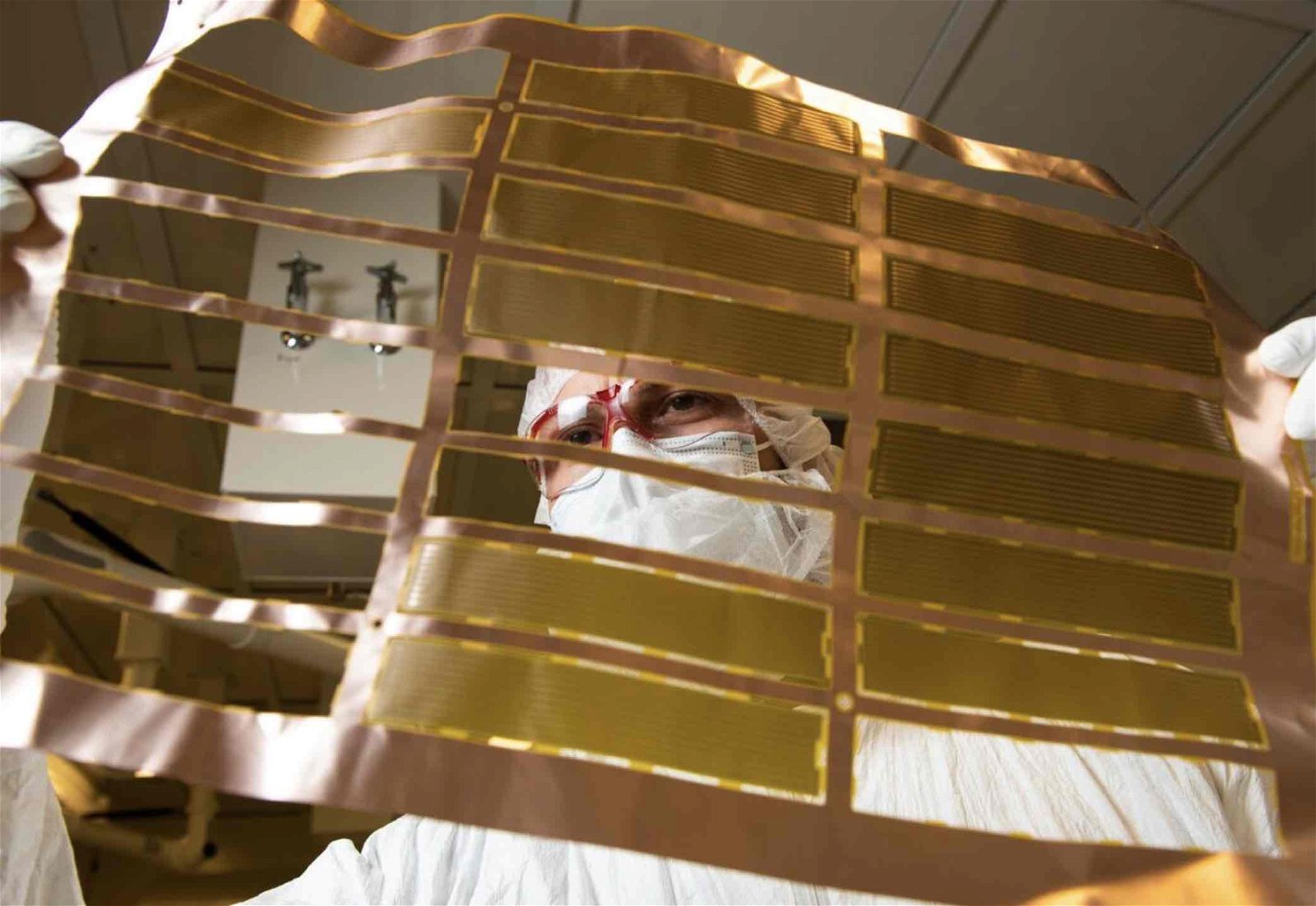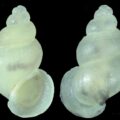The U.S. Department of Energy has created ultra-pure materials that are free of radioactive contaminants to aid in finally unraveling the mysterious nature and origin of all matter in the universe.
Free of radioactive contaminants, these materials would allow scientists to detect ultra-rare physics events that would be impossible to investigate with even the cleanest materials currently available and could even aid the development of ultra-fast quantum computers and the search for extraterrestrial life.
Search for the Nature and Origin of All Matter
Across the globe, researchers have built experiments designed to detect ultra-rare physics events, including experiments on neutrinos and dark matter. The biggest challenge to the success of these experiments is detecting these events through the noise of natural radioactivity. As a result, many of these efforts have set up their tests deep underground in abandoned mines or caves, where natural forms of radiation, like the sun, or even cosmic radiation, are mostly shielded.
Unfortunately, even the materials that comprise their test equipment produce a small amount of radiation. In fact, the metals and other materials in all electronic components produce radiation. While these tiny, trace amounts of radioactivity are not nearly enough to cause health problems, they are more than enough to interfere with these extremely sensitive experiments, including the registration of false positives.
Now, researchers with the Department of Energy’s Pacific Northwest National Laboratory (PNNL) have partnered with a company in California to create the purest test cabling ever made in hopes of removing even trace amounts of radioactivity that can interfere with the observation of these rare physics events.
Ultra-Pure Materials Remove All Traces of Radioactive Elements
In a press release announcing the materials science breakthrough, the PNNL and their private partner, Q-Flex Inc., have successfully manufactured the purest test cables ever made. These cables, they explain, are made to such ultra-pure standards that “they will not interfere with highly sensitive neutrino and dark matter experiments.”
“Next-generation searches for neutrinoless double beta decay will be among the lowest radioactivity experiments ever constructed,” said David Moore, a Yale University physicist and PNNL collaborator. “These detectors use such pure materials that even a small amount of normal cabling materials would overwhelm the radioactivity from the entire rest of the detector, so developing ultra-low-background cables to read out such detectors is a major challenge.”
The same release notes that even contamination by radioactive materials on the order of one part per billion would create enough radioactivity in their cables to successfully mimic the rare physics events these difficult experiments are trying to detect. As a result, these new test cables need to be cleaner than pretty much any material ever made.
“We typically need to get a million or sometimes a billion times cleaner than the contamination levels you would find in just a little speck of dirt or dust,” explained PNNL chemist and research co-author Isaac Arnquist.
To actually create their ultra-pure cables, the PNNL team had to monitor the levels of thorium, uranium, and potassium at each of the cables’ dozen or so manufacturing steps. When contaminants were detected, the team developed “special cleaning and fabrication techniques” that were able to reduce the radioactive contamination down to insignificant levels.
After several years of perfecting the process, the team says they are now able to produce test cables that are so free of contaminants that they will not only be good enough to conduct these rare physics experiments but will also be so pure that the researchers who use them “can increase the sensitivity of the experiments and even allow more flexibility in detector design.”
“We have pioneered a technique to produce electronic cabling that is a hundred times lower than current commercially available options,” said PNNL principal investigator Richard Saldanha. “This manufacturing approach and product has broad application across any field that is sensitive to the presence of even very low levels of radioactive contaminants.”
Experiments Using Ultra-Pure Materials May Finally Unlock the Nature of All Matter
The researchers who will benefit the most from these new test cables are involved in some of the most delicate and mysterious experiments in modern physics. For example, experiments by the University of Chicago, known as DAMIC-M, are using custom-made dark matter detectors that could definitely register false positives if their test materials aren’t pure enough. The same goes for the nEXO project run by Lawrence Livermore National Laboratories, who are hoping to detect and measure the properties of extremely elusive neutrinos.
“One component that we can’t avoid in our detector are the cables that transmit the signals, which must be of very low radioactivity,” said Alvaro E Chavarria, a physicist at the University of Washington and a collaborator on the DAMIC-M project. “Prior to this recent PNNL development, the best solution was microcoax cables, which carry too few signals and would have required a significant redesign of our detector. This development is super exciting since it enables the use of the industry-standard flex-circuit technology for low-background applications.”
“Every step we take to eliminate interfering radioactivity gets us closer to finding evidence for dark matter or neutrinoless double beta decay,” added Saldanha.
In addition to these (and similar) research efforts, the PNNL team says their new way of manufacturing ultra-pure materials could benefit a wide range of cutting-edge pursuits, including quantum computers or even extremely sensitive tools designed to search for signs of life in the cosmos.
“We see the potential for these cables to find applications in a wide range of sensitive radiation detectors and perhaps other applications such as quantum computing,” Saldanha said.
Christopher Plain is a Science Fiction and Fantasy novelist and Head Science Writer at The Debrief. Follow and connect with him on X, learn about his books at plainfiction.com, or email him directly at christopher@thedebrief.org.

